Fish Pepper Seeds:
What a beauty! This plant has a rich history in the southern Mid-Atlantic as a go-to seasoning 19th century African-American seafood cuisine. Saved from extinction a quarter century ago, the fish pepper has striking variegated leaves. This is one of our more compact pepper cultivars.
In recent years, the fish pepper has experienced a resurgence in popularity and is now being cultivated by a number of small farmers and home gardeners. They are also used by some chefs and food enthusiasts in a variety of dishes, including hot sauces, salsas, and marinades.
Fish pepper fruit are typically small and elongated, about 2-3 inches in length, and start off green before ripening to a bright red color. They have a medium heat level and a distinct citrusy flavor.
Production is high, given how small the plant is. Fish pepper plants can be as small as 2′ tall. We recommend multiple plants to acquire enough fruit to make up for the plant’s more compact size. Perfect as an edible ornamental low hedge. Fruit have sharp striping when green that fades as it matures red.
Why are they called fish peppers?
The origins of the name “fish pepper” are rooted in the culinary traditions of the mid-Atlantic region of the United States, particularly among African American communities. According to historical accounts, fish peppers were widely used by African American fishermen and cooks to flavor and season fish and seafood dishes. The peppers were prized for their distinct citrusy flavor and medium heat level, which complemented the delicate flavors of seafood and helped to balance out richer, fattier dishes.
What can I do with them?
- Hot sauces – the pepper is great for adding heat to a variety of dishes. It can be blended with other ingredients like vinegar, garlic, and onion to create a tangy and spicy sauce that can be used as a condiment or marinade.
- Salsa – make a fresh, zesty salsas that are perfect for topping tacos, nachos, or…. you guessed it…. grilled fish. Simply chop the peppers up with fresh tomatoes, onions, cilantro, and lime juice for a delicious and healthy snack.
- Seafood Dishes – As their name suggests, these chilis are a great seasoning for seafood dishes like fish stews, crab cakes, and shrimp scampi. The peppers add a bright, citrusy flavor that pairs well with the delicate flavors of seafood.
- Marinades – Make a flavorful marinades for chicken, pork, and beef. Simply blend the peppers with other ingredients like soy sauce, ginger, and garlic to create a bold and spicy marinade that will infuse your meats with flavor.
- Pickling – create a tangy and spicy snack that can be enjoyed on its own or used to top sandwiches and salads. Slice the peppers thinly and pack them into jars with vinegar, salt, and spices for a delicious and easy pickled pepper.
Heat level/Scoville:
Fish peppers are considered to have a medium level of spiciness, with a heat range of about 5,000 to 30,000 Scoville units. The Scoville scale is a measurement of the pungency or spiciness of chili peppers, and it ranges from 0 (no heat) to over 2 million (extremely hot). For comparison, jalapeno peppers typically have a Scoville rating of 2,500 to 8,000, while habanero peppers can range from 100,000 to 350,000 Scoville units – and ghost/reapers/scorpion/7 pot cultivars may cross well over 1 million.
So, while fish peppers are certainly spicy, they are not as hot as some of the more fiery chili pepper varieties out there. The heat level of fish peppers can vary depending on growing conditions and the ripeness of the peppers, so some may be hotter or milder than others.


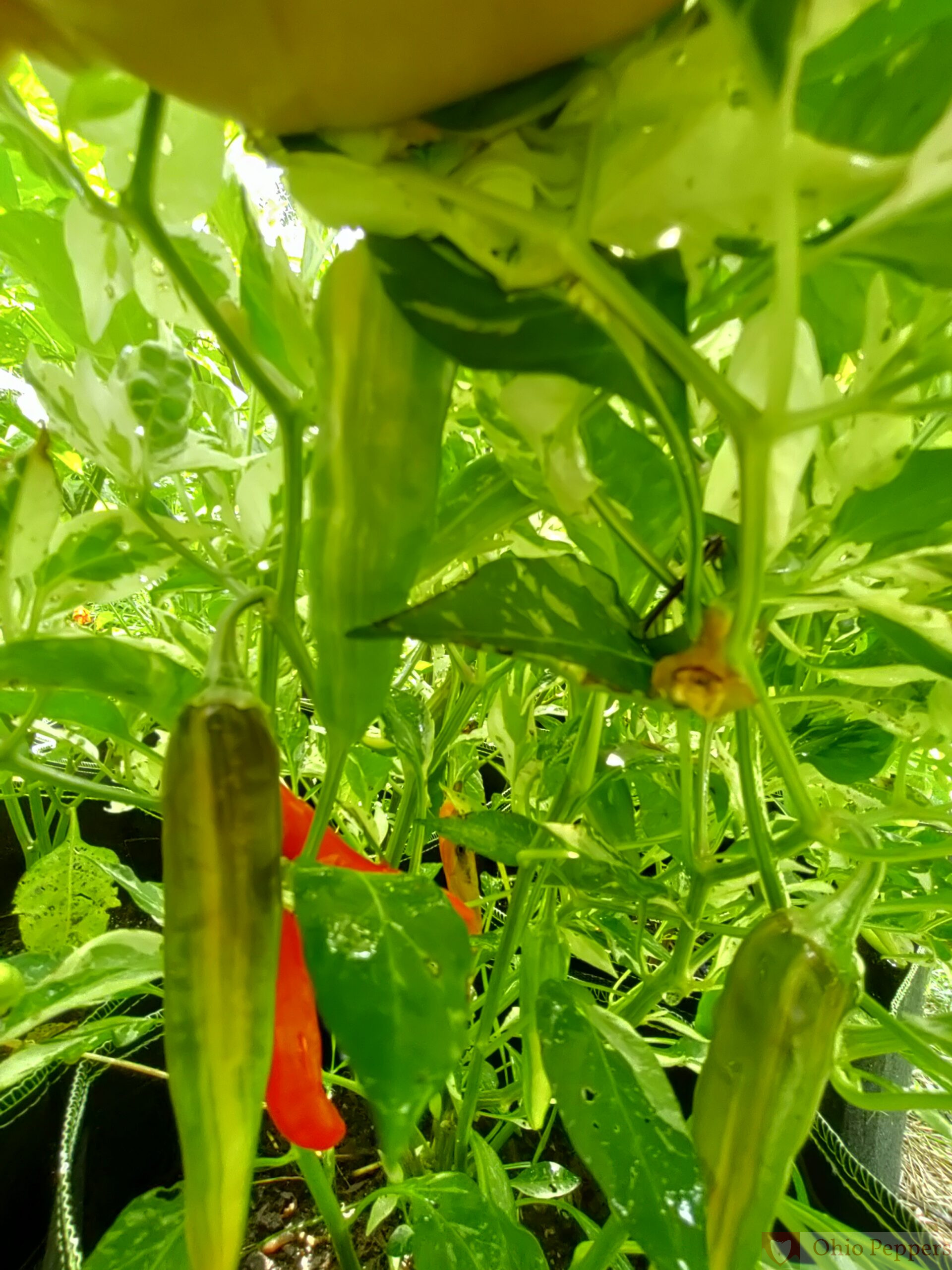

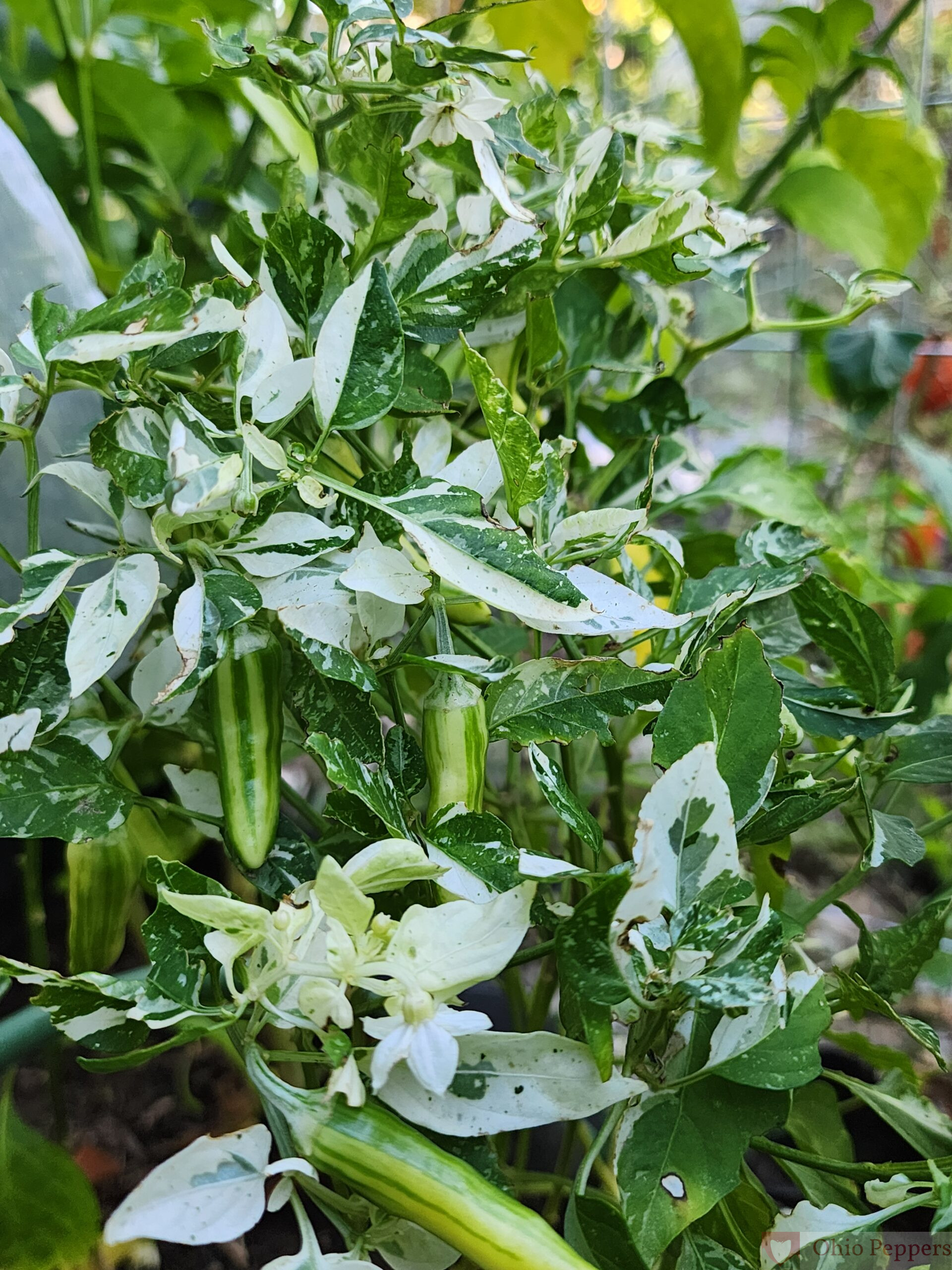
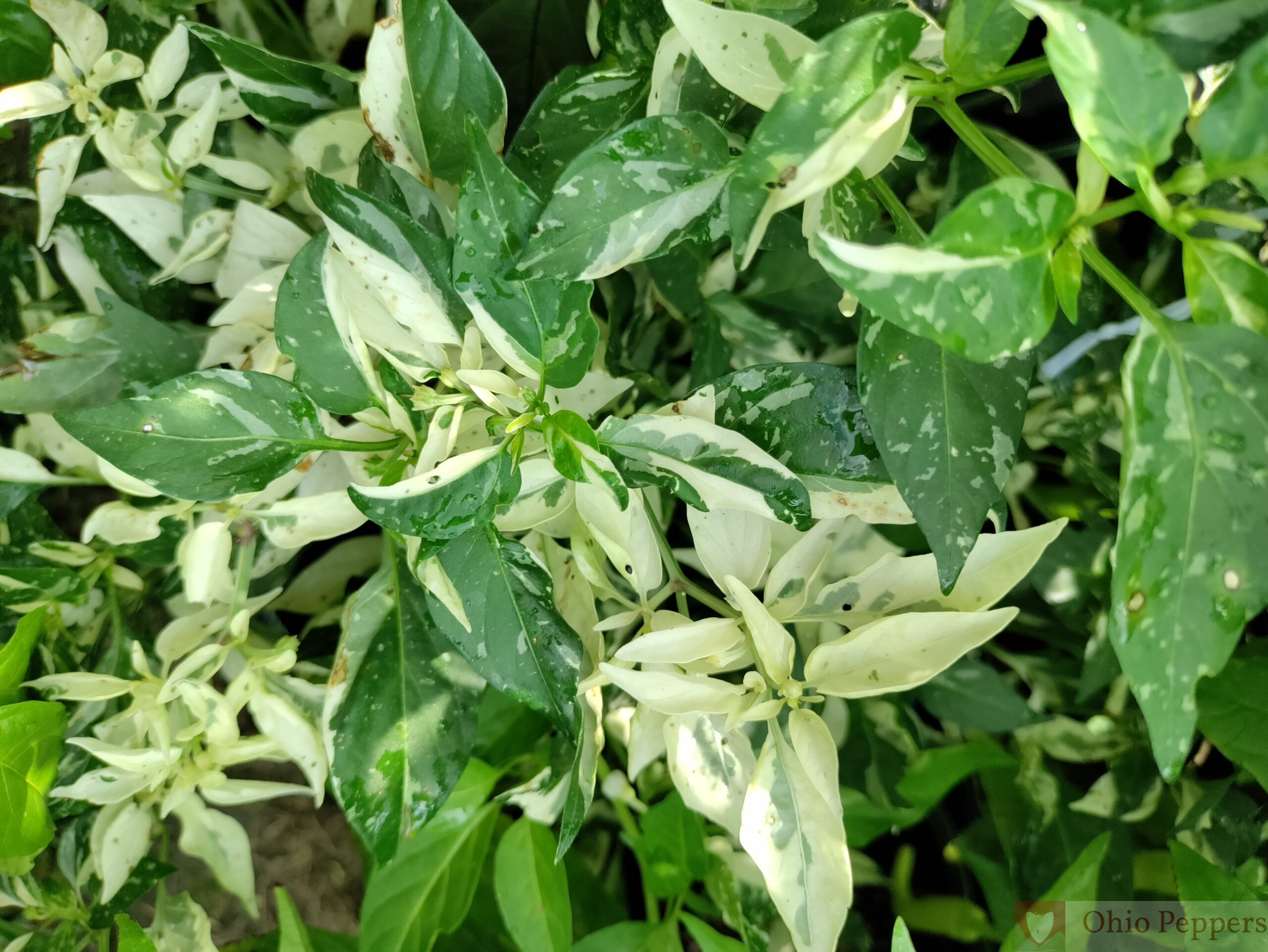
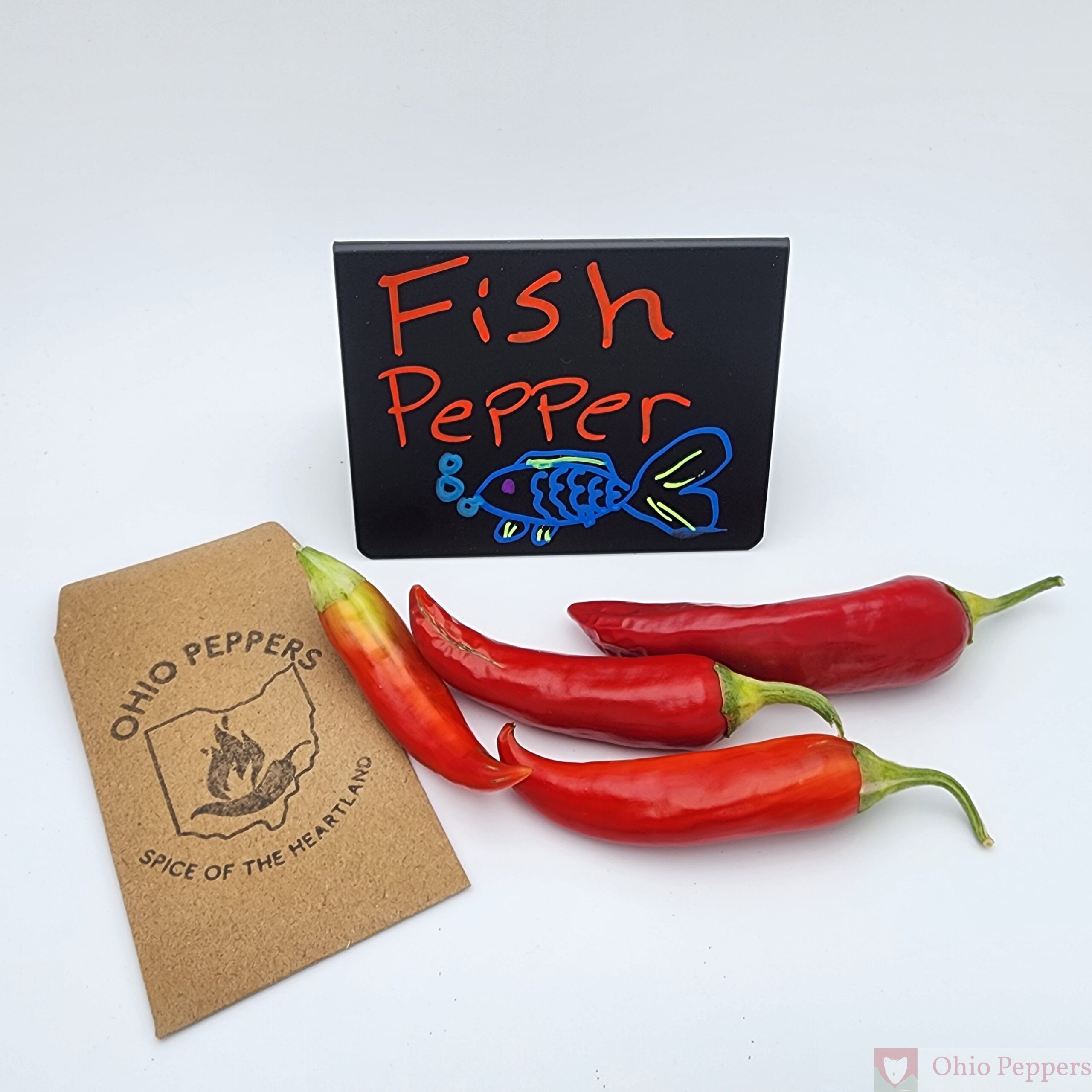


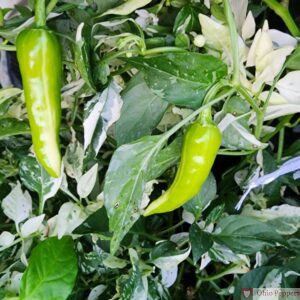
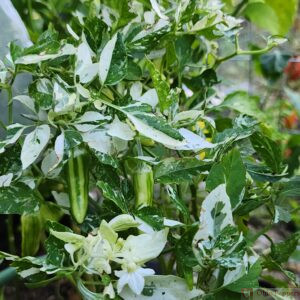
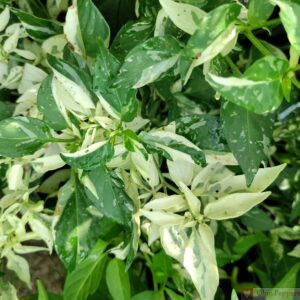

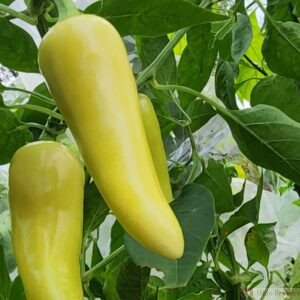

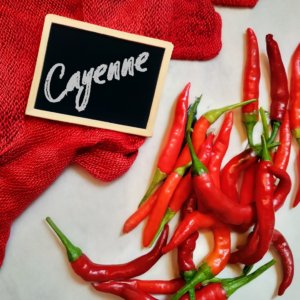
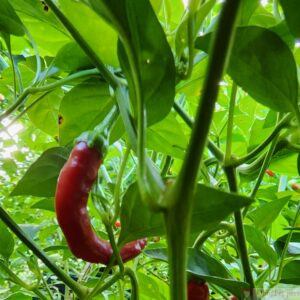
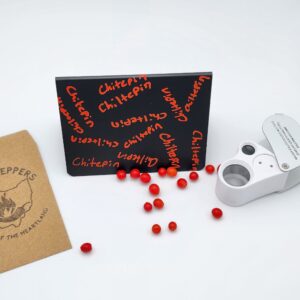
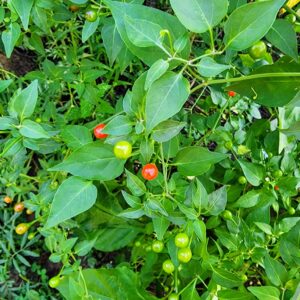
Reviews
There are no reviews yet